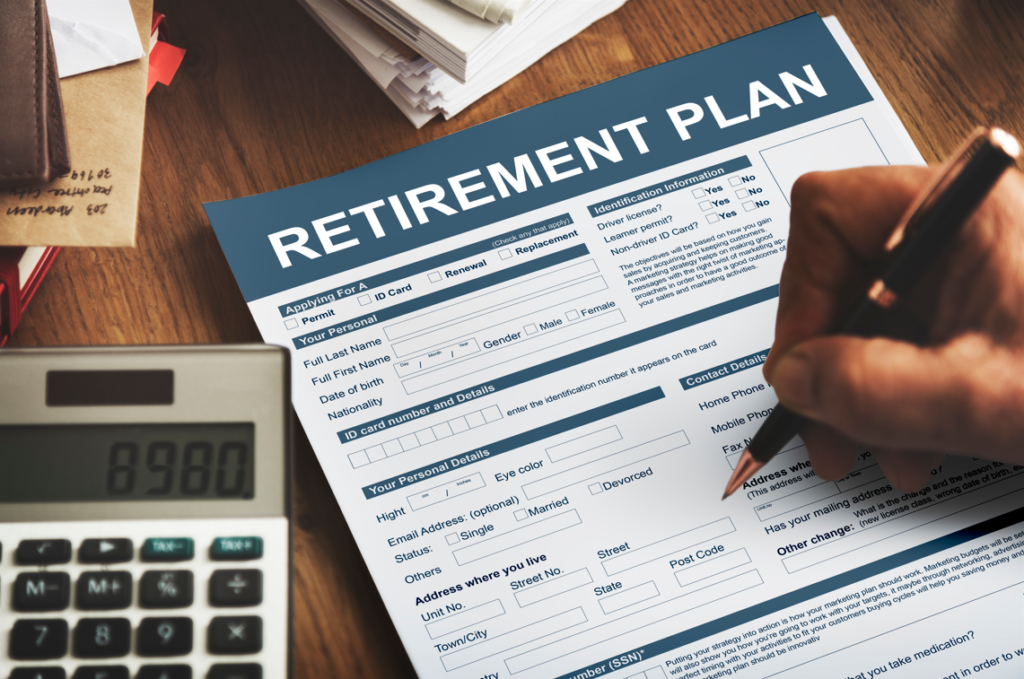Pre-retirees and retirees are rightly worried about the impact that volatile markets and high inflation in 2022 will have on their retirement savings.
Unlike those still working and contributing to their super, retirees must sell into a weak market to meet their living expenses. This not only drains their retirement savings more quickly but leaves them with fewer assets that can generate growth in the market recovery.
Further, there is a strong emotional uncertainty – new retirees face up to 30 years of retirement, their nest egg is taking a big hit and they are just starting to withdraw money from it.
So how do you retire confidently during a time of market uncertainty? We love to share this article from Tim Mackay, an independent financial adviser at Quantum Financial.
Consider the case of Elizabeth and Darcy who have a $1.5 million portfolio.
- They enjoy positive returns for three years (15, 10, and 5 per cent) and then two years of negative returns (-5 and -10 per cent). If they don’t contribute or withdraw any money, by the end of year five they will have $1.7 million. They enjoy the growth of 13.6 per cent (or a 2.6 per cent compound annual growth rate).
- If we reverse the order of the returns so the negative returns occur in years one and two, the result in year five is identical – $1.7 million. The order of returns has zero impact on Elizabeth and Darcy’s returns and closing balance.
- However, the outcome is very different if they are retired and withdraw from their portfolio. To enjoy tax-free pension status at retirement, you must withdraw a minimum percentage. From 60 to 64, it’s 4 per cent of your opening balance (in 2022-23 it is halved to 2 per cent); the minimum rate increases as you get older. So in normal times for a $1.5 million portfolio, it is $60,000 (or 4 per cent) in year one.
Elizabeth and Darcy need to withdraw slightly more – $75,000 (or 5 per cent) each year – for their retirement living expenses. From the same starting point, they would be $102,000 worse off at the end of year five if the negative returns occur first. If they took only the minimum pension (4 per cent), they’d have received $77,000 less in payments over the five years if the negative returns occurred first.
Through no fault of Elizabeth and Darcy, the order (or sequence) of annual returns (early losses versus later gains) materially affects their retirement savings. In essence, early declines cause more damage.
That’s the basic theory behind sequencing risk, so let’s examine its impact in practice.
- In the US, T Rowe Price recently undertook a study examining three historical bear markets (1973, 2000 and 2008) and the impact over the longer term if you retire in a bear market.
- While the analysis is American-based, the lessons are the same. They assume a 4 per cent withdrawal rate (adjusted for inflation) on a $500,000 portfolio comprising 60 per cent shares and 40 per cent bonds.
- Those retiring in 1973 lived through an energy crisis and high inflation; those retiring in 2000 suffered through the dot.com crash; while those retiring in 2008 faced the Global Financial Crisis. In each case, retirees feared whether their savings would last because they retired in a down market.
In each of the three examples, the portfolio fell significantly in the first few years to just above $300,000. However, in each example, a recovery and bull market were just around the corner. The 1973 retiree couple’s portfolio recovered to $500,000 after nine years and grew to $1 million by 1995. The 2000 retiree couple’s portfolio took longer to recover ($517,000 by 2021) but it did recover. The 2008 retiree couple’s portfolio grew to $829,000 by 2021.
In each of these examples, the couples who retired in a bear market patiently stuck with their target asset allocation and prudently managed their expenses. Even in retirement, time was on their side and their portfolios recovered.
In Australia, a significant proportion of the population is rapidly approaching retirement or has just entered it. So be aware of sequencing risk but don’t obsess about it – don’t construct a portfolio based entirely on trying to avoid this risk.
Sequencing risk is just one of many financial risks you face in retirement. Others include inflation risk, market risk, interest rate risk and longevity risk.
It’s like trying to solve a Rubik’s Cube: if you try to optimise your portfolio for one single risk, you likely increase your exposure to the other risks.
Ways to manage sequencing risk include:
- Create a retirement budget to identify discretionary expenses;
- Reduce your expenses and delay purchases in down markets;
- Adopt a cash reserve and a well-diversified portfolio;
- Be flexible – you may need to work longer or part-time; and
- Remember markets recover – it’s a matter of when, not if.





